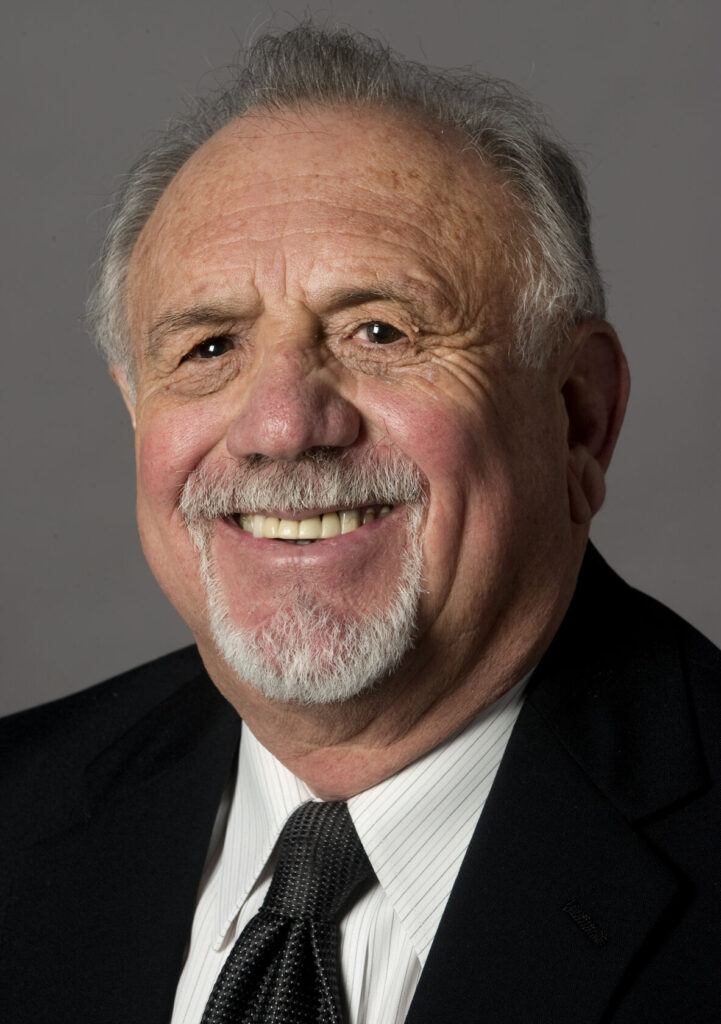SLOAN | Solutions elusive for out-of-network medical bills

Issues related to health care persist and are not limited to the persistently expanding costs, which seem directly correlated with the advent of federal government involvement in health care. The morass we have created in the health care system after decades of layering on government solutions to problems real and perceived has gestated new and ever more complex problems which, apparently, cry out for more of the same exacerbating approach. Surprise medical bills stand out as an onerous example.
If you’ve never been the victim of a surprise medical bill, the current congressional debate over how to remedy them might seem like nothing more than an arcane dispute between two powerful trades – insurance companies on the one hand and doctors and providers on the other. But it is important to note that (a) they are a real and potentially financially devastating problem for far too many Americans, and (b) some of the proposed solutions will, as usual, make the problem worse; for instance price controls in the guise of rate-fixing, which happens to be the solution preferred by the insurance industry.
Surprise medical bills result when patients inadvertently obtain medical care out of network, resulting in sometimes devastating, unexpected invoices. The Kaiser Family Foundation reported recently that one in every six times someone goes to the emergency room or checks into a hospital, they end up receiving a surprise medical bill. This problem seems to be getting worse, as insurance networks shrink their lists of approved providers.
In the shadow of the impeachment debate, insurers and medical providers have been duking it out on the airwaves and in the halls of Congress since late spring. Both sides have a great deal at stake; when patients are unable to pay surprise bills, insurers and providers (doctors, nurses and hospitals) must resolve the dispute.
Insurers favor rate-fixing, which is simply a government-imposed price control – Congress would set fixed and deeply discounted rates at which insurers would reimburse doctors and other providers.
As pointed out before in this space, there is no such thing as free health care, only health care that someone else pays for. Like other price controls, rate-fixing is nothing more than the government telling the insurance companies they are off the hook, and dumping the responsibility onto someone else – in this case, the providers, who will be left holding the bag.
Then there is the issue of transparency: What incentive will insurance companies have to make every effort to disclose pricing to patients in advance if they know someone else (providers) will be obligated to pay the bill? The problem of surprise medical bills, at heart, stems from a lack of price disclosure and transparency. Rarely, if ever, can one walk into a doctor’s office and see a list of prices for treatments and procedures, because the price depends on who pays the bill: the government, an insurance company, or (just as rarely) the patient. Government-imposed price controls and insurer-negotiated prices have so distorted the medical marketplace, no one knows who is paying how much to whom. Rate-fixing worsens these distortions.
In recent decades, Congress has imposed price controls on an ever-growing portion of the health-care market, with predictable results. The real victims, or course, are the patients. Ask any Medicaid patient whether she has access to the same level of quality care and choice of quality providers as her privately-insured friends, and you will get a definitive “no.” The disparity results from simple economics. Price controls, by definition, set prices artificially low. Since medical providers who serve the Medicaid population are forced to provide treatments and procedures at deep discounts – often at a loss – many doctors simply choose not to treat the Medicaid population, and the demand for quality care exceeds the supply. Medicaid patients are effectively relegated to second-rate care. Those providers who do serve the Medicaid population are forced to shift their costs and charge more to the privately insured, driving those costs up. And the morass deepens.
Solving the surprise medical billing problem is not a binary choice between rate-fixing or no fix at all. Alternative solutions exist. Some states, for instance, have successfully experimented with independent dispute resolution – a form of mediation in which all parties negotiate in front of a mediator using the relevant facts. This offers a new paradigm which is far preferable to the reflexive approach of shuffling the costs around and rewarding one stake-holder (insurers) at the expense of the others.
Kelly Sloan is a political and public affairs consultant and a recovering journalist based in Denver.















